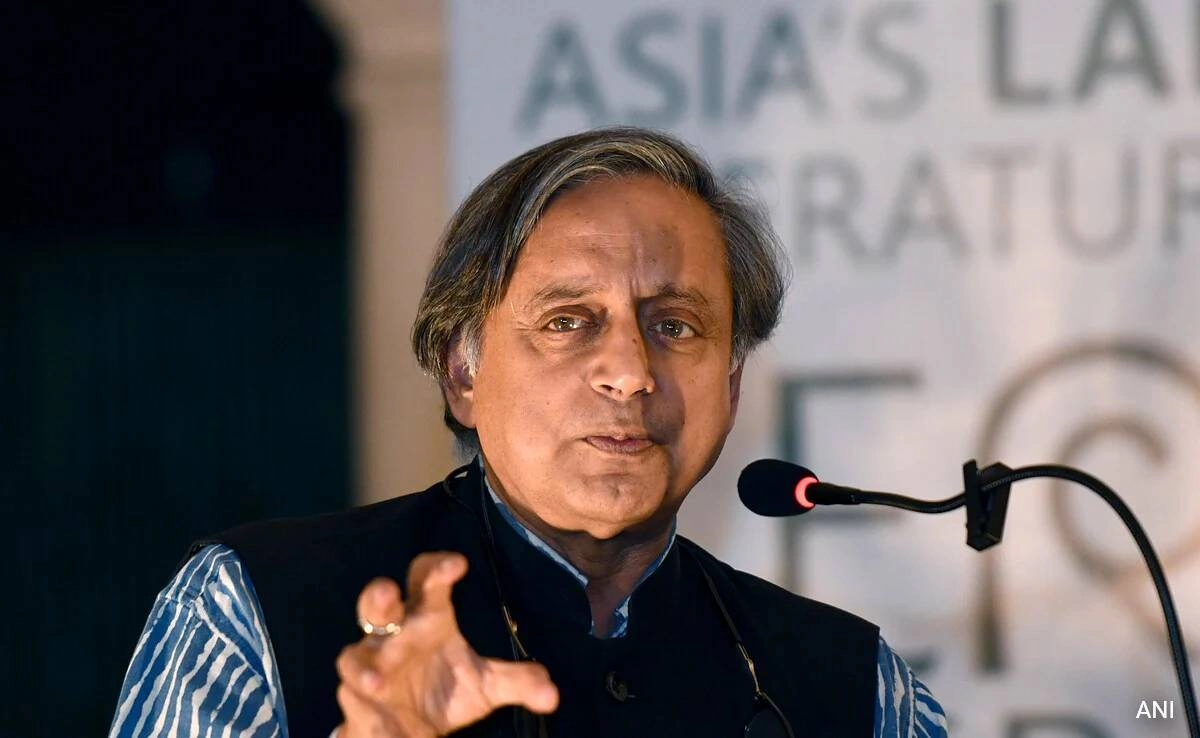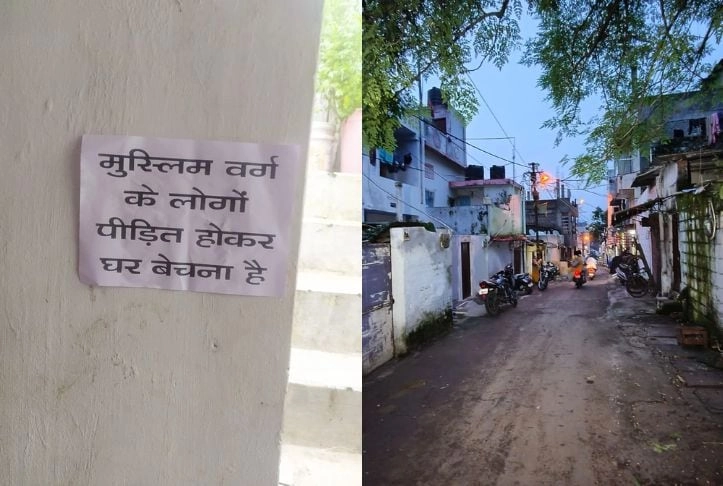The political landscape within the Indian National Congress has recently become increasingly tumultuous, particularly highlighted by the growing rift between party leader Shashi Tharoor and other prominent figures within the organization. Tharoor, known for his articulate stance on various issues and his progressive outlook, has openly expressed his dissatisfaction with the party’s current strategy and direction. His call for reform and a more inclusive approach has not only garnered support from a section of the party’s base but has also led to friction with established leaders who are resistant to change. This divide underscores a broader struggle within the Congress as it grapples with its identity and future in a rapidly evolving political environment.
The tensions reached a boiling point when Tharoor made it clear that he is not interested in engaging in discussions about others within the party hierarchy. His statement, “Don’t talk to me about others,” signifies a departure from the conventional norms of intra-party dialogue and reflects a growing frustration with what he perceives as stagnation and a lack of accountability among senior leaders. This sentiment resonates with many party members who believe that the Congress must revamp its strategies and embrace new ideas to reconnect with the electorate. As the rift widens, it raises questions about the party’s ability to unite and effectively challenge the ruling government, especially in light of upcoming elections.
The evolving dynamics are not just about personal disagreements; they represent a critical juncture for the Congress party. Tharoor’s approach calls for a re-evaluation of how the party interacts with its members and the public, emphasizing transparency and a willingness to embrace change. The challenge lies in balancing the legacy of established leaders with the aspirations of a younger, more dynamic faction seeking to reshape the party’s image. As this internal conflict unfolds, it remains to be seen whether the Congress can reconcile these differing viewpoints and emerge stronger or if the divisions will further weaken its position in Indian politics. The outcome of this rift could have significant implications for the party’s future and its role in shaping the nation’s political discourse.




